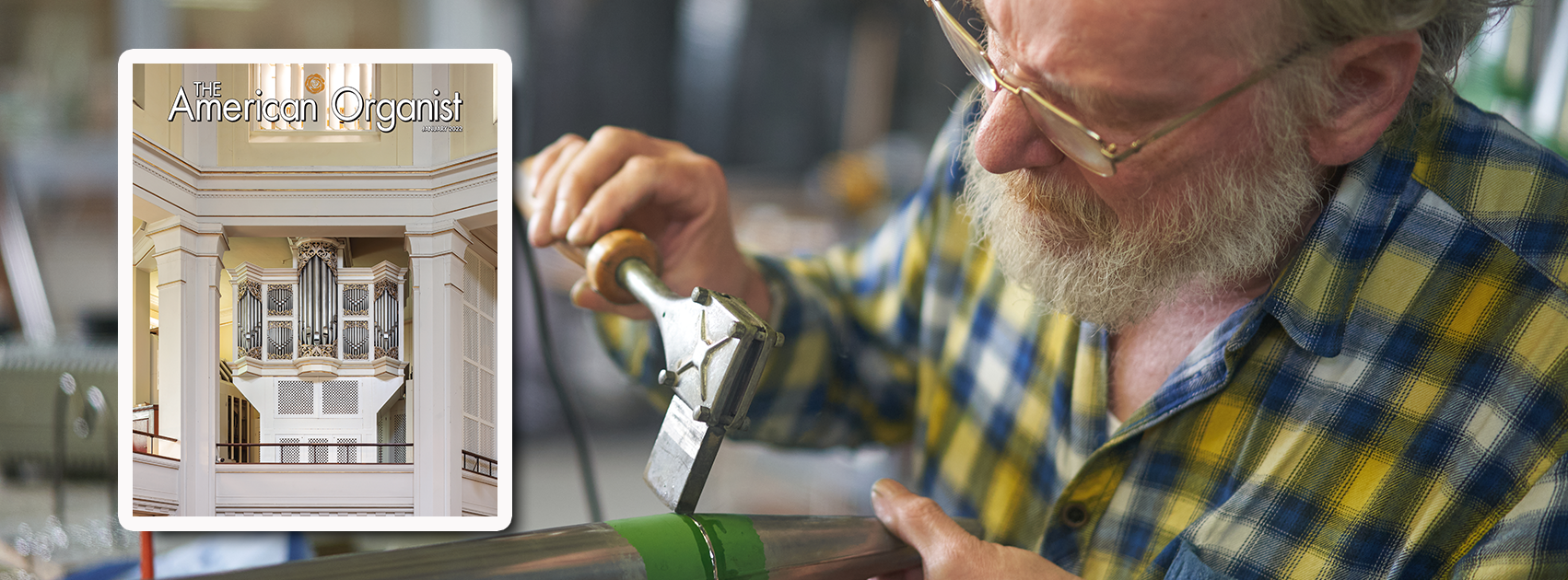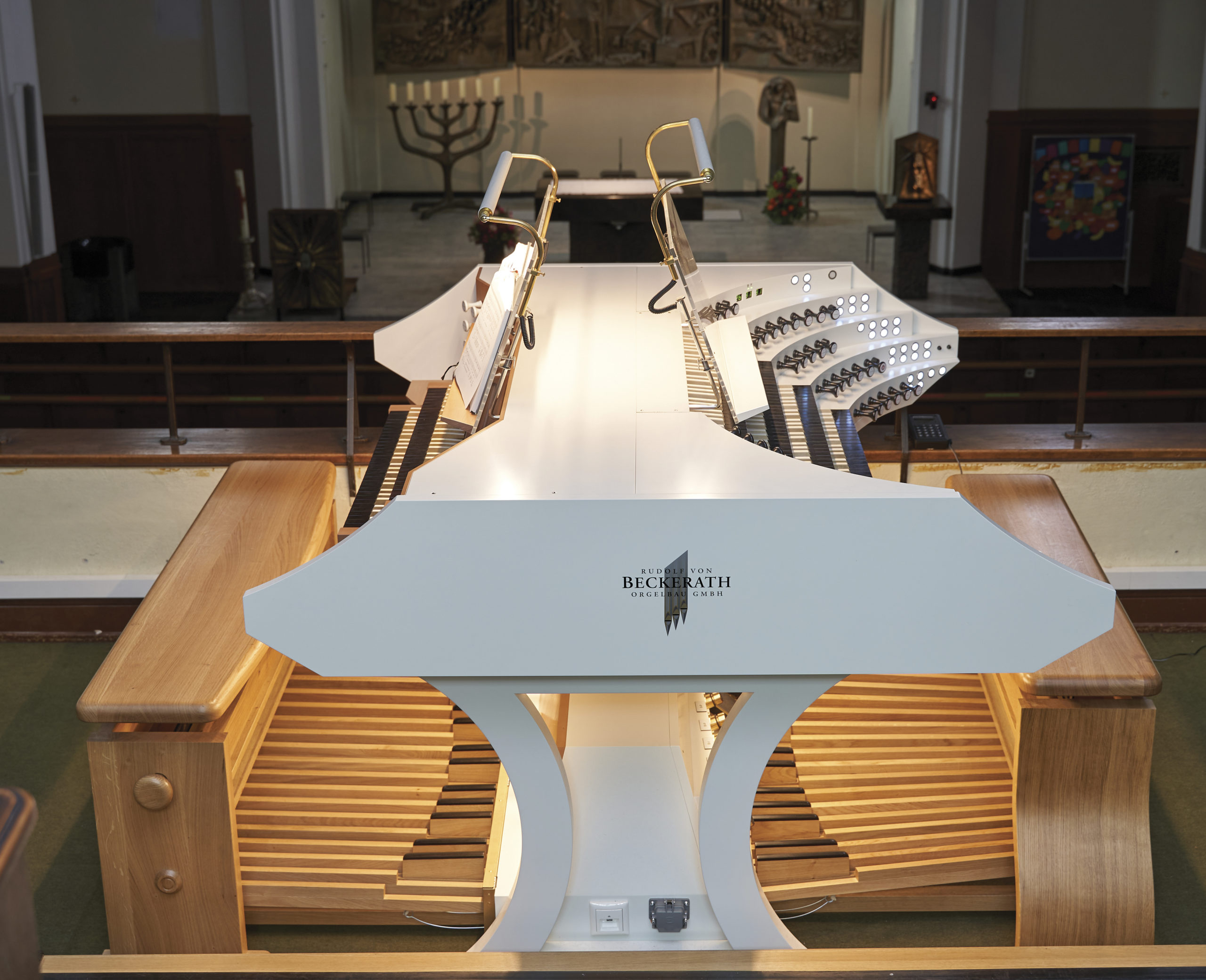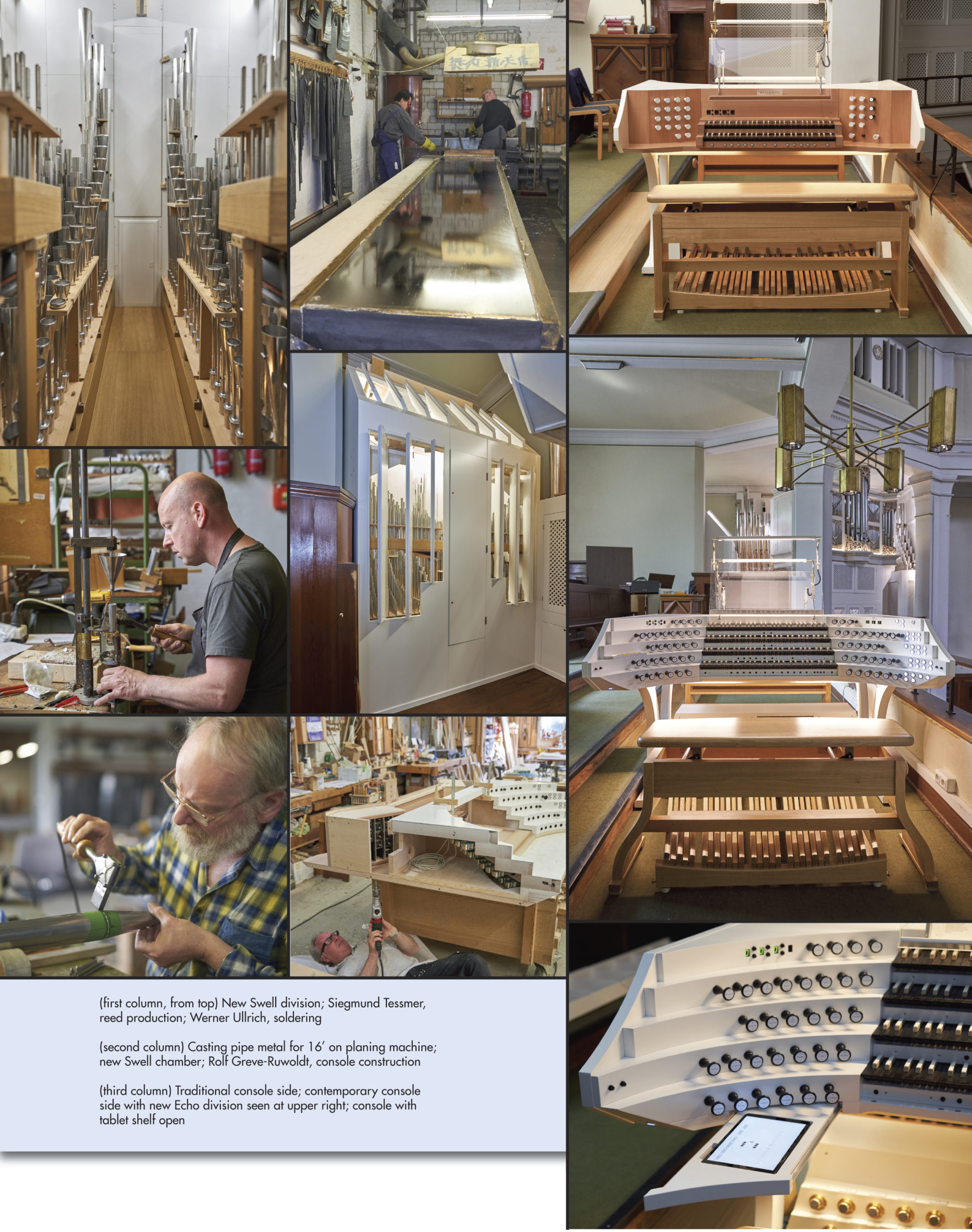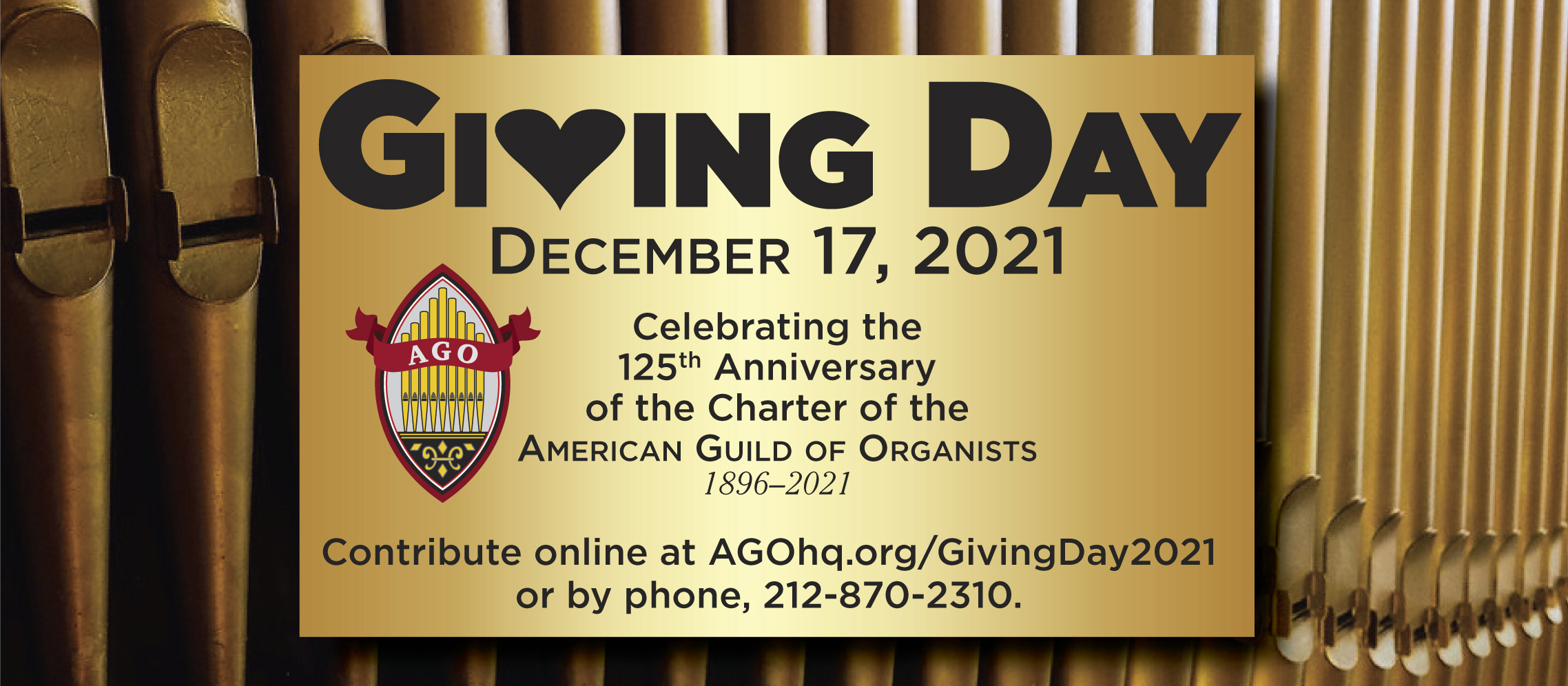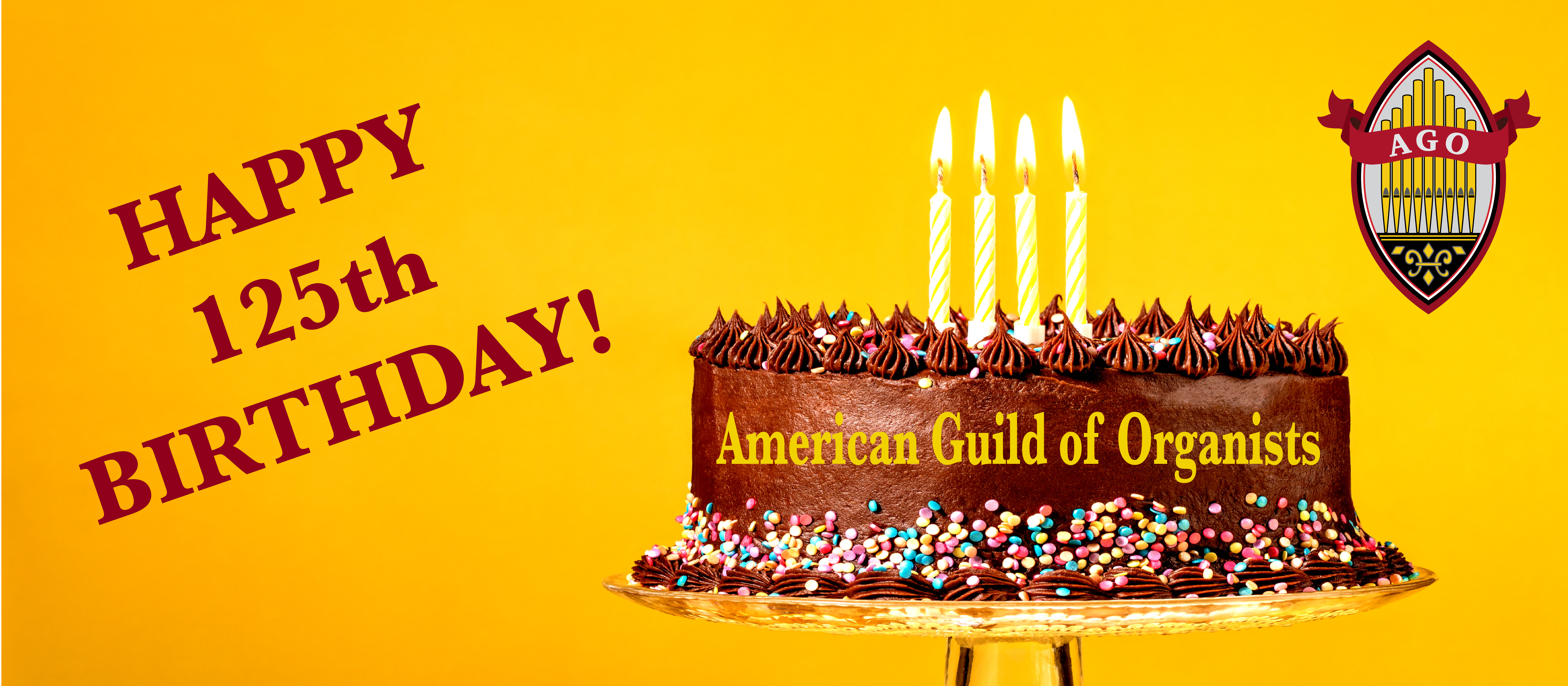Countryside Community Church
Omaha, Nebraska
Buzard Pipe Organ Builders
Champaign, Illinois
Stoplist
By John-Paul Buzard
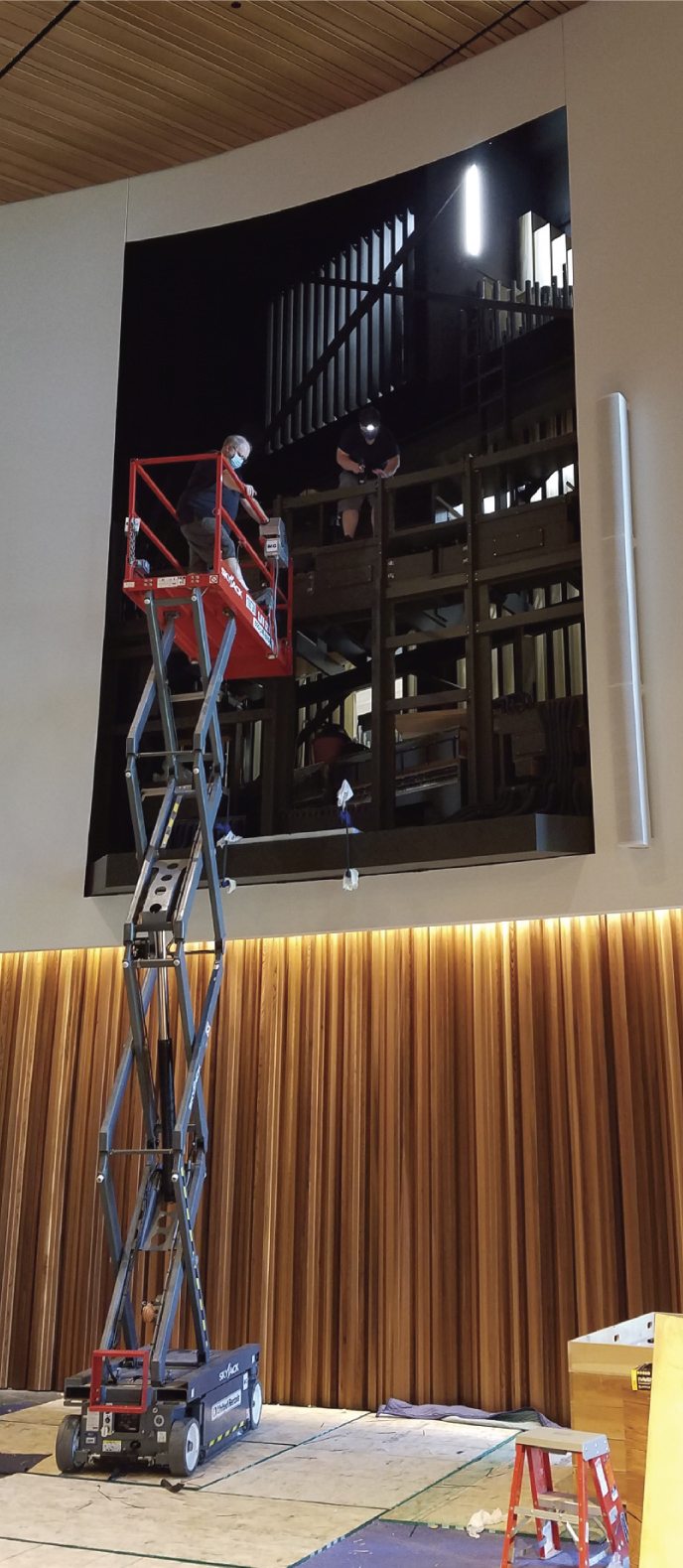
Countryside Community Church is the Christian participant in the new Tri-Faith Initiative, a campus that includes the church, a mosque, and a synagogue. Congregations from the three Abrahamic faiths bought a large tract of land and developed it together as a demonstration of how well our three faiths can live together in peace and harmony. Buzard Pipe Organ Builders was selected for this important commission based upon our noble sound and creative designs. It was a privilege and honor to work with the organist, architects, parishioners, and clergy to create a unique instrument that solidly represents centuries of sacred musical tradition.
This three-manual organ of 25 stops (30 ranks) includes preparations for the future addition of nine more stops on the Great, Swell, and Pedal, a Grand Choeur of approximately ten stops as the third manual division, and three Walker digital pedal stops.
The church originally planned upon moving their much smaller organ from their previous building to the new one. As the new building took shape, parishioners Roy and Gloria Dinsdale came forward with a significant financial gift for a new organ, better suited to the new, larger sanctuary. It was our challenge to engineer the new instrument for the already-built chamber, which is bisected by steel beams and cross bracing and a vent for a lower-level kitchen.
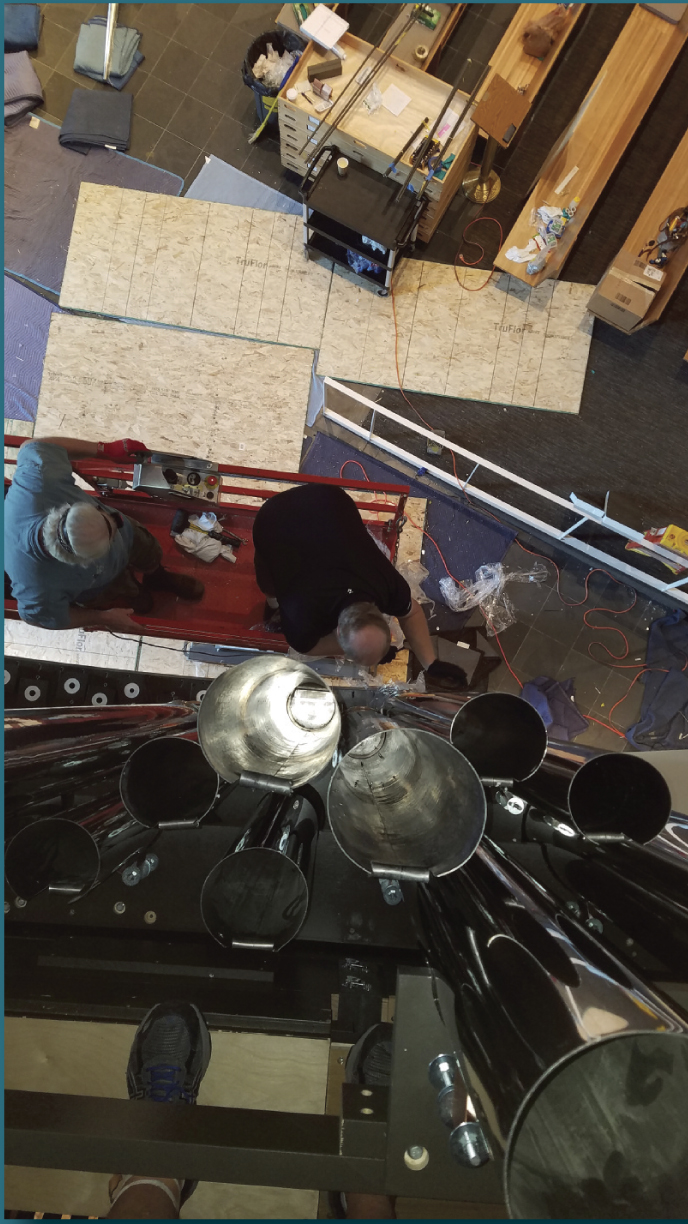
The visual design embodies several of the congregation’s faith tenets, as described to me by then–senior pastor Eric Elnes: our life’s journey from a chaotic, dark earth upward to the heavenly order of peace and light; the Trinity and elements of “three”; and the coexistence of science and faith, as represented by the front pipes’ mouths, which form a perfect sine wave. In order to encourage the “dark to light” journey as one gazes upward at the facade, the three levels of pipes are made of increasingly rich alloys of tin, the visually brightest at the top. Although difficult to see in the photograph, the Pedal 16ʹ Bourdon pipes in the very back and top right quadrant of the chamber have been interpreted by many parishioners as a visual representation of a skyline of the Heavenly City. The top-level Trombas seem to many to be hands at prayer.
In this organ, as in several of our newest instruments, the Great is divided into enclosed and unenclosed sections. The bold and clear principal chorus is unenclosed, while the colorful stops are in an expression box. The Enclosed Great may be coupled to other manuals and the pedal at any pitch, and may function either as a Choir division or a Solo division, depending upon which stops are drawn. This allows us the freedom to give any musical purpose we choose to an independent third manual division. By nature of the two mixtures in the Swell, one low, the other high-pitched, this division can function as a foil to the Great, as the Swell or as a Positif. The musical personality of the Grand Choeur, being prepared for future addition, is still under discussion.
The heart of any Buzard organ is the Swell division. It is the workhorse for accompanying, coloring, and contrasting with the other divisions, and it provides the powerhouse full-Swell reed battery. The Trombas, sort of a reed equivalent to the Great and Pedal First Open Diapasons, louden and thicken the texture of full organ, over and above the significant contribution of full Swell to the ensemble.
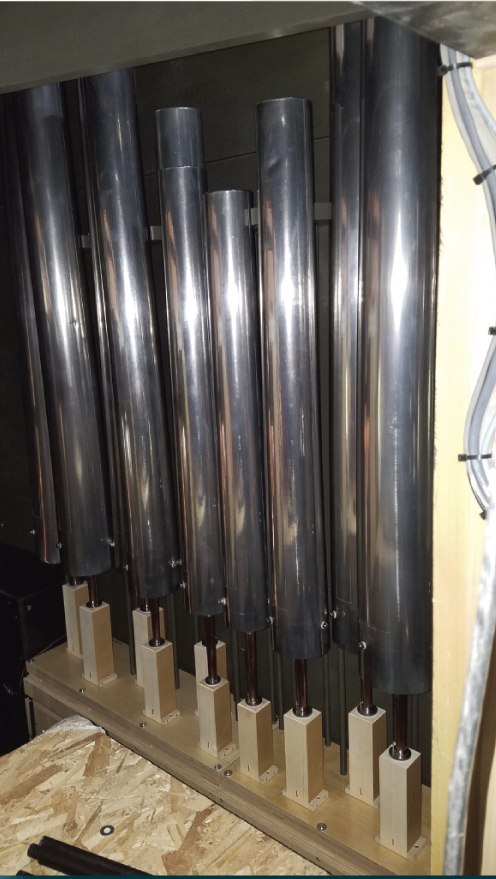
Only six weeks into the organ’s installation, word of the COVID-19 pandemic hit the news—and hit us at home. At the first indication that the virus had been discovered in Omaha, I brought our installation crew home. Following a 14-day quarantine, when everyone was determined to be healthy and we wanted to start shopwork for the next organ, Illinois governor JB Pritzker locked the state down, so our shop was forced to close. No one on the staff was furloughed, laid off, or dismissed. We paid everyone’s wages and health care premiums and, thanks to our plucky business manager, Jefrey Player, we received our first PPP loan the evening before the government’s program ran out of money. I baked bread (loaded with butter, sugar, and love) for everyone on the staff and delivered it in my 1931 Ford Model A to help keep spirits up. Happily, once we were allowed back into the shop, we had established strict safety protocols and testing schedules to prevent spread of the disease. No one tested positive; no one left the staff. Installation and tonal finishing proceeded apace from then on until completion in the fall.
It was a privilege to work with organist Alex Ritter, who served as a project manager on the church’s behalf. Rick MacInnes was the chair of Countryside Church’s Relocation Committee, and Daniel Loven-Crum arranged meals brought in for us, coordinated housing, and provided complete access to the building during what proved to be a much-prolonged installation.
The staff of Buzard Pipe Organ Builders who participated in this instrument’s design, construction, installation, and administrative support included Charles Eames, Shane Rhoades, Michael Meyer, Felix Franken, Christopher Goodnight, John Switzer, Jeff Hoover, Lauren Kasky, Keith Williams, Jefrey Player, Fredrick Bahr, and Andrew Woodruff.
John-Paul Buzard is founder, president, and artistic director of Buzard Pipe Organ Builders. He is a certified master organbuilder with the American Institute of Organbuilders, a member of the Associated Pipe Organ Builders of America, and a member of the Worshipful Company of Musicians of the City of London.
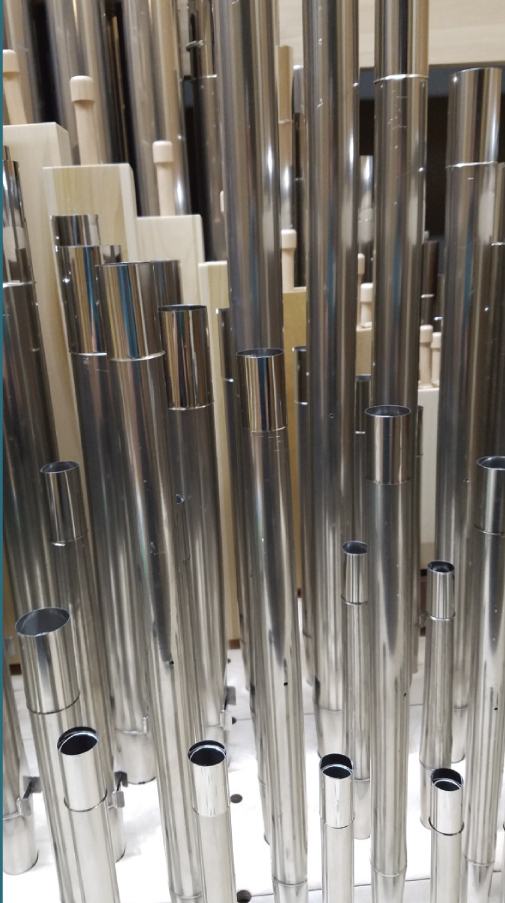
From the Organist
Our journey to the completion of this instrument was a wild ride. The plan was to rebuild and relocate our existing Reuter organ to the new building. Construction of the new church was well underway when we received a generous donation from Roy and Gloria Dinsdale to commission the design and building of a new pipe organ. Imagine our excitement—and concern. The architectural plans were complete. Ground had been broken. The foundation and structural supports were already in place. The interior walls surrounding the organ chamber were scheduled to go up in three months. And a grand opening was almost exactly a year away. The Dinsdales’ generosity, however, inspired us to dream big and move quickly. This was a unique opportunity: to design and build an instrument that would be as musically exquisite as it was aesthetically dynamic—the first organ installation in Omaha in nearly 20 years.
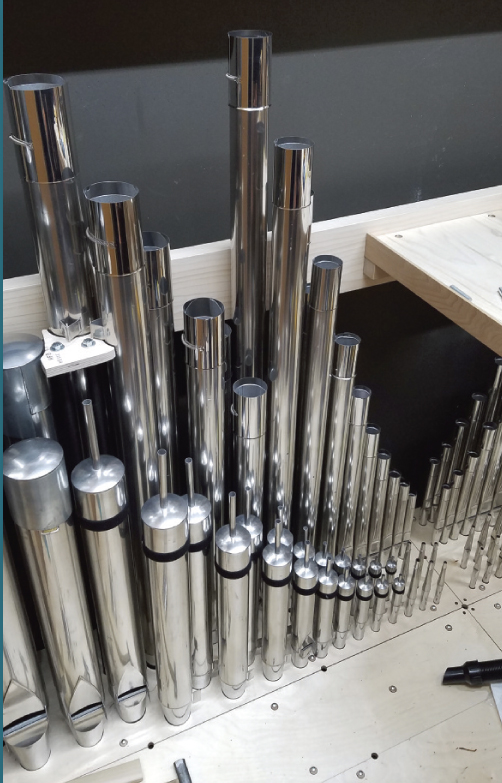
An organ committee was formed, and I cautioned them that we should not rush the process, but that we did need to narrow our choices down quickly so the builder would have some time, although limited, to work with the architects on any needed changes. We were fortunate to find a partner uniquely suited for the situation in the team at Buzard Pipe Organ Builders. The committee quickly fell in love with the Buzard sound, and the relationship proved unexpectedly beneficial in other ways. The success of Opus 47, despite numerous challenges, is a testament to their engineering prowess and ingenuity. The organ chamber was designed for a smaller instrument, and some structural support beams had made their way into the space, creating an obstacle course for a larger instrument. Not only did the Buzard team circumvent these obstacles; they were able to fit an organ twice the size in the space without compromising the instrument’s integrity.
For us and for our donors, an important consideration was a visual design that would match the beauty of the sanctuary and punctuate it by symbolizing our values and signifying the organ’s role in our future. In reviewing builders’ designs, we felt that Buzard’s stood out, weaving contemporary and traditional elements together while making the instrument appear as though it was always meant to be there. Their work on our design exceeded our expectations. An organ is a convergence of art and science, and this is beautifully reflected in the facade, which makes a strong but not overwhelming statement.
In the context of Countryside’s involvement in the Tri-Faith Initiative, the symbolism is compelling. Our purpose isn’t to borrow from our Tri-Faith partners or change who we are. We are there to stand in solidarity, learn from one another, and use that knowledge to grow stronger in our own faith.
From a tonal perspective, our intention was similar—avoid the eclecticism that too often results in a lack of unity, and instead seek a historically informed tonal design with integrity, one that benefits from sharing the best building practices from across historical periods, with an eye toward the future. We cultivated a tonal design that embodies the diversity, drama, expressiveness, and contrast needed for liturgy. The result is unique—a depth and breadth of individual sounds, yet with strong, unified choruses and articulate and contrapuntally clear voicing without austerity.
The pandemic put a wrench in our plans to share this distinctive and wonderful instrument with the world. We had a strong belief that giving our congregation a chance to hear the instrument in person was very important, especially in a time such as this—after all, we could all use a pick-me-up these days. Thus, we worked with medical professionals in our congregation to curate a series of small, RSVP-only recitals, intentionally limiting capacity to maintain a safe environment. While we would have loved to pack the house with more than 500 people and bring in a special guest to perform, we were grateful to share the organ with members of our congregation, and we look forward to the time when we can safely fill the sanctuary seats and experience its majestic sound in person.
We were additionally pleased to partner with a firm that invests in the future of the trade by employing women and members of the next generation. My hope is to use this one-of-a-kind instrument to feature up-and-coming organists of diverse backgrounds and foster new compositions from those underrepresented in the current repertoire, ensuring a vibrant future for the instrument and expanding its audience.
What an amazing gift the Dinsdales have given to Countryside Community Church and to the broader Omaha community. It is truly a crown jewel that will be a centerpiece for liturgy and music.
Alex Ritter
Director of Arts Ministry and Organist

